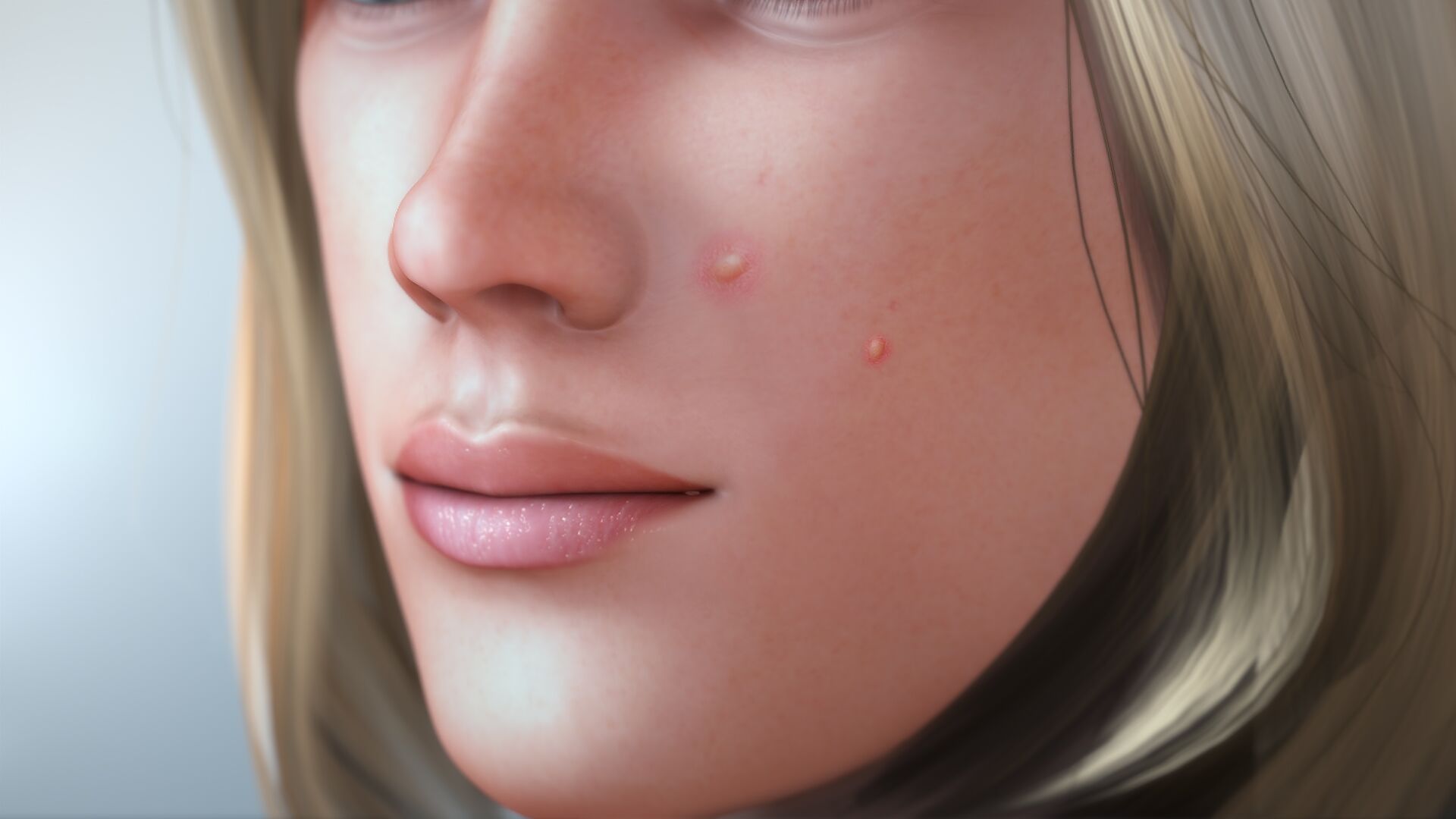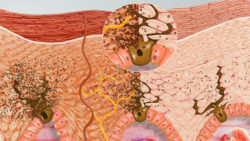
A pimple also known as a zit or spot is formed when the oil gets trapped in the skin pores.
While anyone can be prone to pimples, it is a common occurrence among young teens. Around 80% of the population between 11 and 30 face acne at some point of time. For most people, pimples begin to diminish or disappear at the age of 25. While pimples themselves aren’t dangerous, popping pimples in certain areas is lethal. If not lethal, it could cause facial paralysis or meningitis.
Types and causes
Pimples are of several different types. Whiteheads are pimples that remain under the skin while Blackheads are clearly visible on the surface of the skin. Papules are pink, solid bumps on the skin and Nodules are similar to papules but larger and more painful. Pustules are pimples with a red base and full of pus while Cysts are also full of pus and painful. Cysts commonly cause scars.
Pimples happen when pores get clogged with sebum and dead skin. Sometimes this may cause infection and inflammation. Sebaceous glands are those skin glands that secrete sebum. While these glands produce sebum inside skin pores, new cells grow and the outer skin layer is shed. However, sometimes the dead cells are not shed and get stuck together by the sticky sebum causing blockage in the pores.
When the sebum and dead skins block the pore, bacteria including Propionibacterium acnes is encouraged. While Propionibacterium acnes exists harmlessly on our skin, it can reproduce more rapidly and become a problem. Pimples and acne-breakouts have also been linked to Yeast infections, testosterone sensitivity and dietary and genetic factors.
Medicine and Treatment
There are several treatments for pimples that include both over-the-counter and prescription medications. Frequently used over-the-top medications for this are benzoyl peroxide and salicylic acid . These medications are frequently found in gels that are used to treat acne. While in most cases over-the-counter medication works, excessive acne indicates the need for prescription medication. Prescription medications used to treat acne and pimples include isotretinoin, which is a retinoid. Practicing good hygiene, including regularly washing skin areas with neutral cleansers, also helps reduce acne.
Pimples are extremely common, especially during adolescence. But they still require care and attention to prevent from escalating beyond the nuisance phase.
References:

The Chemistry of Skin Tanning
The sun, water, air - the elements - are double-edged swords for humans. In moderation, they sustain planetary life. But they can also be dangerous. The human body’s machinery harvests the elements to produce nutrients or run internal processes. Read More..









